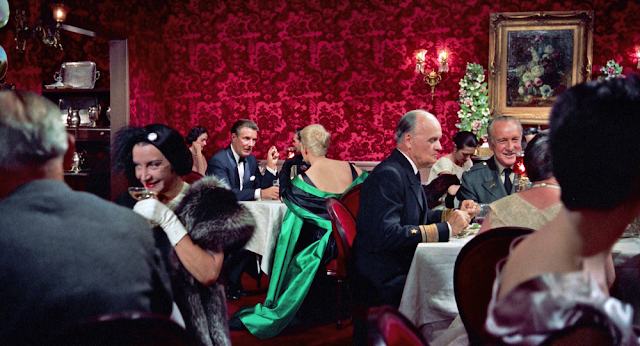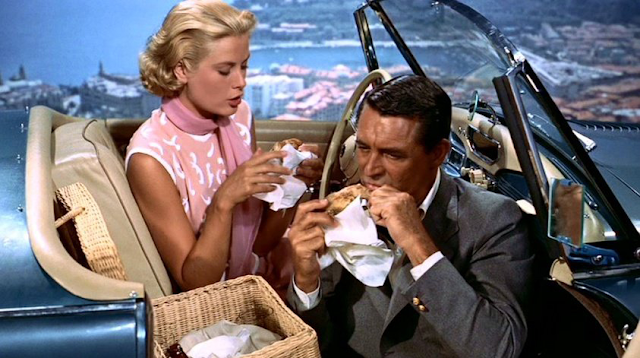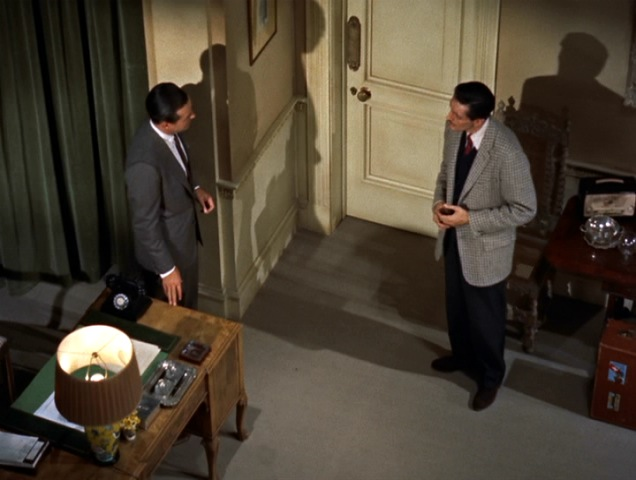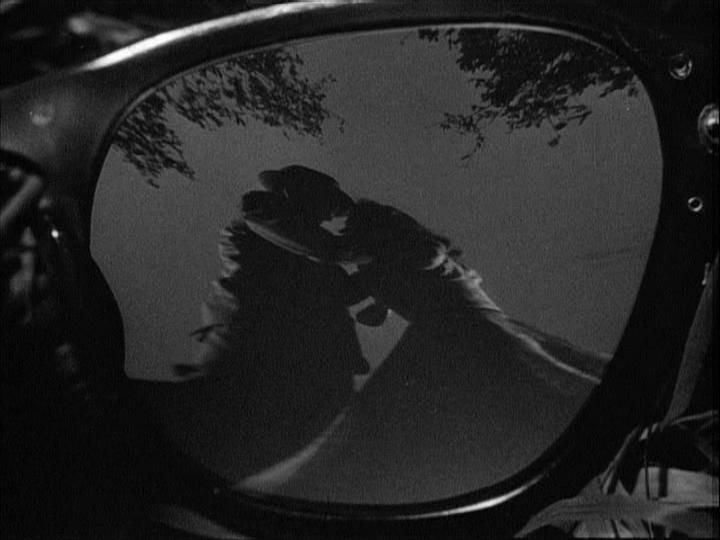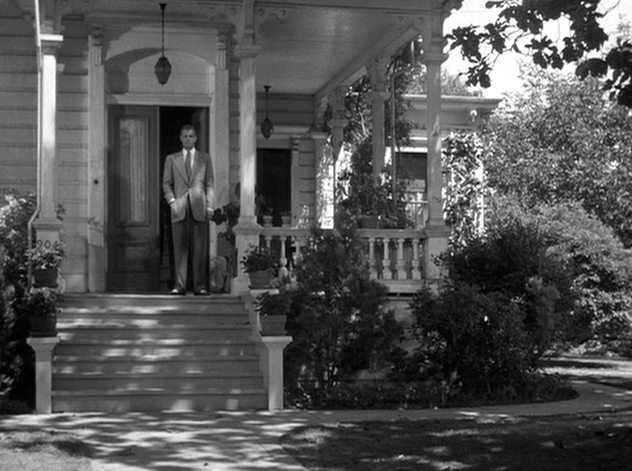Psycho (1960)
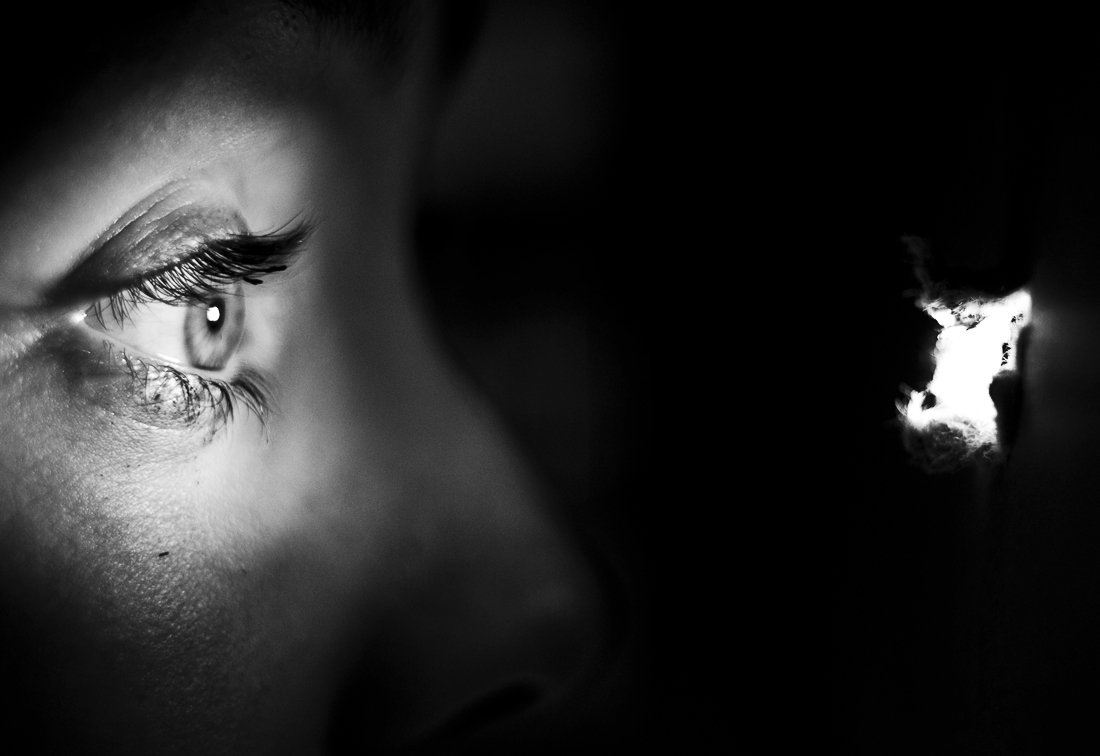
Alfred Hitchcock's "Psycho" A common piece of trivia you hear about Alfred Hitchcock's 1960 masterwork " Psycho " is that it is the very first film to ever feature a shot of a flushing toilet. Perhaps this is a mild piece of trivia, however I think it really connects me to a greater contextual understanding of the whole film. I'm sure seeing a flushing toilet on screen may have been a great 'shock' to a 1960's audience. I'm not entirely sure 'shock' is the right word, but given that the image may have been possibly taboo and perhaps anecdotal of unwanted imagining, its safe to say that Hitchcock and writer Joseph Stefano really wanted to hit their audience with an unsettling image. I think this idea holds the key to the whole film. The entirety of " Psycho " is really an unsettling shock to the audience's senses. After Hitchcock made " Vertigo " in 1958, many felt that it was a bloated, overbudgeted misf
